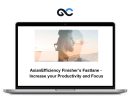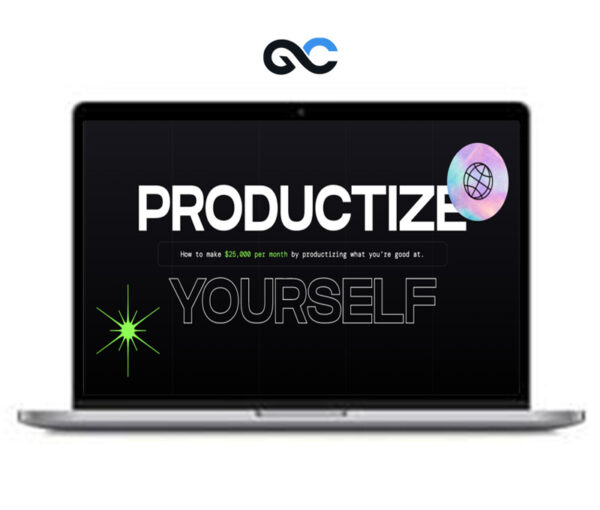Description
Download Proof | Mental Models for Better Thinking – Farnam Street (2.36 GB)
![]()
Mental Models for Better Thinking – Farnam Street
Introduction to Mental Models for Better Thinking
Farnam Street, a popular online platform dedicated to the pursuit of understanding, introduces a range of mental models designed to improve decision-making and problem-solving skills. Mental models are cognitive tools that help us understand and interpret the world. By mastering a variety of these models, one can enhance their thinking, reduce biases, and make better decisions in both personal and professional life.
The Importance of a Diverse Toolkit
A key principle of Farnam Street is the importance of having a diverse toolkit of mental models. Just as a mechanic uses different tools for different repairs, a thinker should use different mental models for different problems. This diverse set helps avoid the man-with-a-hammer syndrome, where having only one model makes everything look like a nail. By incorporating models from a wide range of disciplines, including economics, mathematics, psychology, and physics, we can approach problems from multiple perspectives and increase the likelihood of finding effective solutions.
Core Mental Models in Various Disciplines
- Economics: Opportunity Cost and Margin of Safety
Understanding economics can vastly improve decision-making. The concept of ‘Opportunity Cost’ teaches that for every option chosen, there is a second-best option that we give up. This model encourages consideration of what we are sacrificing when we make a choice. Similarly, the ‘Margin of Safety’ principle, used widely in investing, suggests choosing options that allow for a buffer against negative outcomes, thereby minimizing potential downsides. - Mathematics: Probability and Non-linearity
Mathematical thinking enhances our quantitative reasoning. The model of ‘Probability’ helps in assessing risks and making decisions under uncertainty. It enables us to weigh the potential outcomes based on their likelihood. ‘Non-linearity’, another important model, helps us recognize situations where the relationship between variables is not proportional, such as in cases of exponential growth or diminishing returns. - Psychology: Confirmation Bias and Inversion
Psychology offers models to understand human behavior and thought processes. ‘Confirmation Bias’ alerts us to our tendency to favor information that confirms our preconceptions, leading to skewed decisions. Actively seeking out contrary evidence can mitigate this bias. ‘Inversion’, on the other hand, involves looking at problems backward or from different angles, often revealing solutions that aren’t immediately obvious. - Physics: Critical Mass and Equilibrium
Models from physics can apply metaphorically to social dynamics and personal goals. ‘Critical Mass’ refers to the volume needed to start a chain reaction, useful in understanding how much effort or how many resources are needed to kickstart a project or change. ‘Equilibrium’ demonstrates how opposing forces balance out over time, a concept that can help in managing conflicts or understanding market dynamics.
Integrating Mental Models into Everyday Decision Making
To effectively integrate mental models into everyday life, it is crucial to practice reflective thinking and be conscious of the models in use. Keeping a decision journal where you record the mental models applied and the outcomes achieved can provide feedback on their effectiveness and areas for improvement. Additionally, engaging with a community or network that also uses mental models can enhance learning and application through shared experiences and discussions.
Conclusion: Lifelong Learning with Mental Models
Farnam Street promotes mental models not just as tools for better thinking but as a lifelong approach to continuous improvement. The journey of mastering mental models is one of perpetual learning and adaptation. As our understanding deepens and our toolkit expands, our ability to navigate complex situations improves, leading to more thoughtful and successful outcomes. This transformative approach fosters not only better thinkers but also more adept individuals in every aspect of life.
















